We put the Huawei Mate 60 Pro+ through our rigorous DXOMARK Camera test suite to measure its performance in photo, video, and zoom quality from an end-user perspective. This article breaks down how the device fared in a variety of tests and several common use cases and is intended to highlight the most important results of our testing with an extract of the captured data.
Overview
Key camera specifications:
- Primary: 48MP, 24 mm equivalent f/1.4 – f/4.0-aperture lens (auto-adjustable), AF, OIS
- Ultra-wide: 40MP, 13mm equivalent f/2.2-aperture lens, AF
- Tele: 48MP, 90mm equivalent f/3.0-aperture lens with OIS, AF
Scoring
Sub-scores and attributes included in the calculations of the global score.
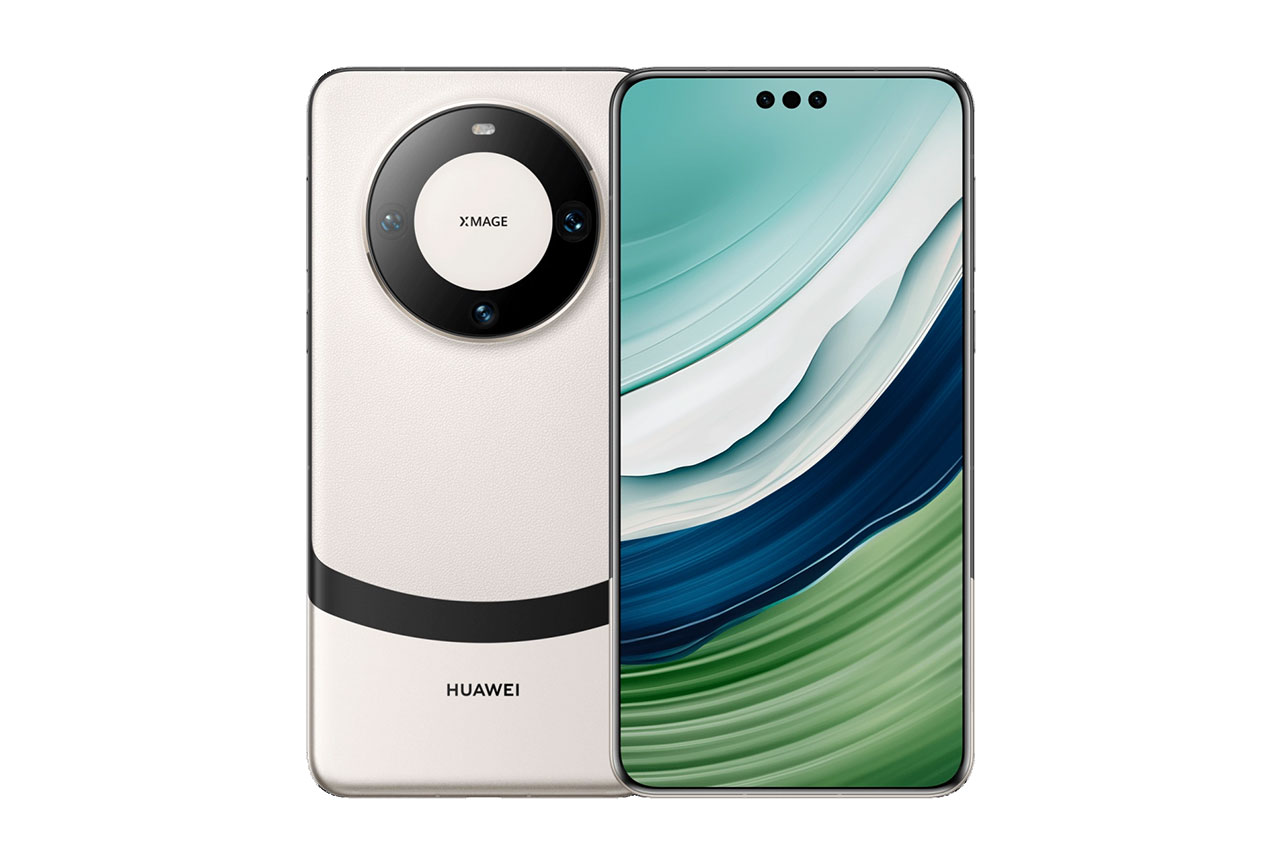
Huawei Mate 60 Pro+


Use cases & Conditions
Use case scores indicate the product performance in specific situations. They are not included in the overall score calculations.
Outdoor
Photos & videos shot in bright light conditions (≥1000 lux)
Indoor
Photos & videos shot in good lighting conditions (≥100lux)
Lowlight
Photos & videos shot in low lighting conditions (<100 lux)
Friends & Family
Portrait and group photo & videos
Pros
- Very wide dynamic range, accurate exposure on portraits and landscape shots
- Nice colors in most conditions
- Good texture/noise trade-off in photo and zoom, very good detail and low noise levels
- Fast and accurate auto-focus, fairly effective video stabilization
- Variable aperture allows for optimized depth of field for each scene.
- Nice blur effect and accurate subject isolation in portrait mode
- Pleasant macro perspective, thanks to use of 3.5x tele
Cons
- Loss of details in high-contrast and low light video
- Noise in indoor and low light videos with motion
- Face contrast and skin tones could be better in challenging backlit scenes
- Highlight clipping in some high-contrast scenes
- Artifacts including ghosting, hue shift or color quantization in photo and video
The Mate 60 Pro+ is Huawei’s latest flagship device in its Mate Pro series that continues to test the limits of high-performing smartphone cameras. Thanks to the upgraded imaging hardware and Huawei’s imaging software expertise, the Mate 60 Pro+ delivered excellent results in the DXOMARK Camera tests, capturing the top spot in our ranking.
The Huawei is the best device tested to date for still imaging, delivering great photo results across all use cases. Our testers particularly liked the excellent trade-off between detail retention and noise reduction, the accurate target exposure, wide dynamic range and pleasant color rendering. When shooting in low light, exposure remained pleasant and the level of captured detail remained high. Thanks to its variable aperture that optimizes depth-of-field for each scene, the Mate 60 Pro+ is also an excellent option for group portraits, achieving good sharpness on all subjects in the frame. In addition, its ability to freeze motion and minimize motion blur as well as the fast shutter response, make it easy to capture the decisive moment in moving scenes.
Still image results were excellent not only when using the primary camera but across most portions of the zoom range, from the widest 13mm setting up to around 150mm where texture started to become softer. Thanks to great detail, low noise, a reliable autofocus system and a wide dynamic range the Huawei’s ultra-wide camera was the best we have tested to date. Tele results at medium range were excellent, too, with beautiful textures and low noise, even in low light images.
Like its top-end rivals the Apple iPhone 15 Pro Max and the Google Pixel 8 Pro, the Mate 60 Pro+ was tested in HDR video mode. Video stabilization was among the very best we have seen, and results were overall excellent for most video sub-tests, making the Mate 60 Pro+ a great option for recording moving images. However, there is much room for improvement in video quality attributes such as texture and noise when compared with the best-in-class video devices.
Please note that photos were captured by default in an HDR format that is proprietary to Huawei. Photos can be displayed with their HDR capabilities on some of the latest Huawei smartphones, and tablets, using the latest Huawei operating system. However, Huawei’s proprietary system is not widely compatible with other Android devices, including even some Huawei devices (such as laptops). We also do not possess the necessary visualization tools to assess Huawei’s proprietary HDR format, and therefore, our evaluations were done using an SDR visualization workflow.
The Huawei Mate 60 Pro+ is an ideal smartphone for taking pictures and videos of friends and family, taking the number one spot in our corresponding ranking. Motion blur and ghosting effects were very well under control when shooting moving scenes, allowing for precise capture of the decisive moment. Only very rarely did our testers observe fusion artifacts on challenging high-contrast scenes.
The Mate 60 Pro+ was also among the best devices tested to date in terms of low-light capabilities. In dim conditions, the camera offered a wide dynamic range, allowing for good detail in both the highlight and shadow areas of the frame. Image noise was well under control and images showed high levels of detail as well as natural texture rendering, even when shooting at night.
Test summary
About DXOMARK Camera tests: DXOMARK’s Camera evaluations take place in laboratories and in real-world situations using a wide variety of subjects. The scores rely on objective tests for which the results are calculated directly by measurement software on our laboratory setups, and on perceptual tests in which a sophisticated set of metrics allow a panel of image experts to compare aspects of image quality that require human judgment. Testing a smartphone involves a team of engineers and technicians for about a week. Photo, Zoom, and Video quality are scored separately and then combined into an Overall score for comparison among the cameras in different devices. For more information about the DXOMARK Camera protocol, click here. More details on smartphone camera scores are available here. The following section gathers key elements of DXOMARK’s exhaustive tests and analyses. Full performance evaluations are available upon request. Please contact us on how to receive a full report.
Photo
Huawei Mate 60 Pro+
169
For scoring and analysis, DXOMARK engineers capture and evaluate more than 2,600 test images both in controlled lab environments and in outdoor, indoor and low-light natural scenes, using the camera’s default settings. The photo protocol is designed to take into account the main use cases and is based on typical shooting scenarios, such as portraits, family, and landscape photography. The evaluation is performed by visually inspecting images against a reference of natural scenes, and by running objective measurements on images of charts captured in the lab under different lighting conditions from 1 to 1,000+ lux and color temperatures from 2,300K to 6,500K.
In photo mode, the Huawei Mate 60 Pro+ delivered the best score of all devices tested to date, thanks to excellent results that were on par with, or better than the best rivals across almost all sub-tests. Our testers especially liked the excellent texture/noise trade-off, the fast and accurate autofocus and the wide depth of field that is made possible by the Huawei’s variable f/1.4 – 4.0 aperture.
In addition, exposure was accurate, with a wide dynamic range, across all test conditions, and color rendering was mostly accurate, with only some slight occasional color casts. The simulated bokeh effect in portrait mode was nice, with very accurate depth estimation and subject isolation, and in macro mode the Mate 60 Pro+ was capable of capturing good detail and a nice perspective, thanks to making use of its 3.5x tele camera. The device also did well in the preview category, with the preview image on the device display, in terms of target exposure and highlight retention, closer to the final capture than on the previously tested P60 Pro.
Close-Up
Close-up is the third new use case score introduced with DXOMARK Camera version 5. It evaluates the camera’s ability to capture detail at subject distances below 10cm and magnifications as close possible to 1:1.
Using the tele camera in macro mode, the device rendered close-up shots pleasantly, with nice perspective compression.
In our macro tests, white balance instabilities and motion blur on moving subjects could have a negative impact on image quality, but the camera captured good detail that was rendered in a natural way.

Exposure
Huawei Mate 60 Pro+
130
Exposure is one of the key attributes for technically good pictures. The main attribute evaluated is the brightness of the main subject through various use cases such as landscape, portrait, or still life. Other factors evaluated are the contrast and the dynamic range, eg. the ability to render visible details in both bright and dark areas of the image. Repeatability is also important because it demonstrates the camera's ability to provide the same rendering when shooting several images of the same scene.
The camera managed accurate target exposure across all light conditions. In addition, exposure was stable across a series of consecutive shots.
Our testers found the Mate 60 Pro+ camera to produce a very wide dynamic range. However, in high-contrast scenes some highlight clipping was observed.
In backlit scenes, the Mate 60 Pro+ could struggle with contrast on subjects, rendering them very flat.

Color
Huawei Mate 60 Pro+
130
Color is one of the key attributes for technically good pictures. The image quality attributes analyzed are skin-tone rendering, white balance, color shading, and repeatability. For color and skin tone rendering, we penalize unnatural colors but we respect a manufacturer's choice of color signature.
In our tests, colors were generally rendered nicely. White balance was particularly nice in low light, producing a pleasant warm cast.
When shooting in daylight conditions, greenish or yellowish color casts could be noticeable on occasion.
Under typical indoor lighting, skin tones could sometimes be desaturated, making for a slightly unnatural rendering.
Overall, our testers observed slight white balance instabilities in all test conditions, with slightly inconsistent results across a series of consecutive shots.

Autofocus
Huawei Mate 60 Pro+
125
Autofocus tests concentrate on focus accuracy, focus repeatability, shooting time delay, and depth of field. Shooting delay is the difference between the time the user presses the capture button and the time the image is actually taken. It includes focusing speed and the capability of the device to capture images at the right time, what is called 'zero shutter lag' capability. Even if a shallow depth of field can be pleasant for a single subject portrait or close-up shot, it can also be a problem in some specific conditions such as group portraits; Both situations are tested. Focus accuracy is also evaluated in all the real-life images taken, from infinity to close-up objects and in low light to outdoor conditions.
Thanks to its variable aperture, the Mate 60 Pro+ is capable of optimizing depth of field for any scene. In group shots, the Huawei produced a wider depth of field than its rivals, allowing for good sharpness on all subjects.
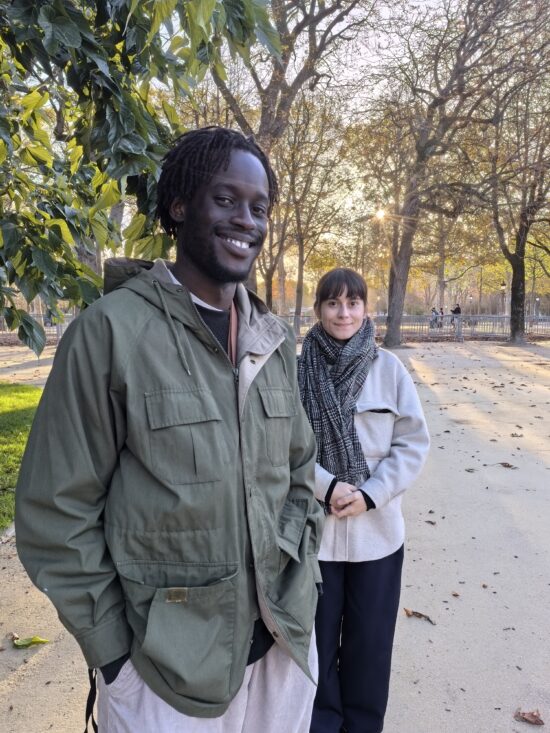
Thanks to a responsive and accurate autofocus in all light conditions, the Mate 60 Pro+ was capable of capturing the decisive moment in moving scenes.

Texture
Huawei Mate 60 Pro+
125
Texture tests analyze the level of details and the texture of subjects in the images taken in the lab as well as in real-life scenarios. For natural shots, particular attention is paid to the level of details in the bright and dark areas of the image. Objective measurements are performed on chart images taken in various lighting conditions from 1 to 1000 lux and different kinds of dynamic range conditions. The charts used are the proprietary DXOMARK chart (DMC) and the Dead Leaves chart.
In our tests, the Mate 60 Pro+ captured high levels of detail and images with natural texture rendering. The excellent real-life results were confirmed by objective measurements in the lab.
In some specific scenes, a local loss of detail in the frame could be noticed.

Noise
Huawei Mate 60 Pro+
117
Noise tests analyze various attributes of noise such as intensity, chromaticity, grain, structure on real-life images as well as images of charts taken in the lab. For natural images, particular attention is paid to the noise on faces, landscapes, but also on dark areas and high dynamic range conditions. Noise on moving objects is also evaluated on natural images. Objective measurements are performed on images of charts taken in various conditions from 1 to 1000 lux and different kinds of dynamic range conditions. The chart used is the Dead Leaves chart and the standardized measurement such as Visual Noise derived from ISO 15739.
In our tests, the Mate 60 Pro+ kept image noise very well under control across all test conditions. Luminance noise reduction was effective, even in areas of plain color. However, on occasion it could also result in color quantization and chromatic noise.

Artifacts
Huawei Mate 60 Pro+
82
The artifacts evaluation looks at lens shading, chromatic aberrations, geometrical distortion, edges ringing, halos, ghosting, quantization, unexpected color hue shifts, among others type of possible unnatural effects on photos. The more severe and the more frequent the artifact, the higher the point deduction on the score. The main artifacts observed and corresponding point loss are listed below.
Our testers occasionally observed unwanted artifacts, such as fusion artifacts, ghosting and hue shift, in the Mate 60 Pro+ test samples, especially when shooting high-contrast scenes.
A moiré effect was sometimes noticeable on fine patterns in the frame.
Bokeh
Huawei Mate 60 Pro+
85
Bokeh is tested in one dedicated mode, usually portrait or aperture mode, and analyzed by visually inspecting all the images captured in the lab and in natural conditions. The goal is to reproduce portrait photography comparable to one taken with a DLSR and a wide aperture. The main image quality attributes paid attention to are depth estimation, artifacts, blur gradient, and the shape of the bokeh blur spotlights. Portrait image quality attributes (exposure, color, texture) are also taken into account.
The Huawei Mate 60 Pro+ is an excellent option for simulating a DSLR-like look in bokeh mode. In our tests, it offered good depth estimation, a realistic bokeh shape and fairly good detail in both single and group portraits. The captured images also showed good exposure in most conditions, and spotlight rendering was better than on most rivals, thanks to accurate shapes and colors, even in night shots. Only in some bokeh shots did our experts spot some subject isolation errors.
Preview
Huawei Mate 60 Pro+
93
Preview tests analyze the image quality of the camera app's preview of the image, with particular attention paid to the difference between the capture and the preview, especially regarding dynamic range and the application of the bokeh effect. Also evaluated is the smoothness of the exposure, color and focus adaptation when zooming from the minimal to the maximal zoom factor available. The preview frame rate is measured using the LED Universal Timer.
Our experts found the preview on the Mate 60 Pro+ to be quite improved over the P60 Pro. However, it is still not on the same level as the class-leading iPhone 14 Pro. Our testers noticed several differences between preview and final capture, especially in bokeh mode, where depth estimation was significantly different in preview, with blur often applied to subjects. On the plus side, preview target exposure was pretty accurate in most conditions and close to the captured image. This was not true for dynamic range, though, which was more limited in preview.
Zoom
Huawei Mate 60 Pro+
169
DXOMARK engineers capture and evaluate over 400 test images in controlled lab environments and in outdoor, indoor, and low-light natural scenes, using the camera’s default settings and pinch zoom at various zoom factors from ultra wide to very long-range zoom. The evaluation is performed by visually inspecting the images against a reference of natural scenes, and by running objective measurements of chart mages captured in the lab under different conditions from 20 to 1000 lux and color temperatures from 2300K to 6500K.
In addition to the outstanding image quality of the primary camera, the Huawei Mate 60 Pro+ also delivered exceptional results with both its tele and ultra-wide modules. The Huawei’s results in the Wide category were the best of all devices tested to date, thanks to rich detail and a very effective noise reduction that, unlike on most rivals, did not appear to have a negative impact on detail and fine textures. The autofocus system worked reliably, and images showed a wide dynamic range, pleasant skin tones and accurate white balance. However, our testers also noted some small artifacts. Anamorphism (subjects close to the edge of the frame appearing stretched) was not always corrected and some slight ringing and aliasing were noticeable on high-contrast edges in the frame. Hue shift could be observed around clipped areas in bright skies.
Overall, the Huawei Mate 60 Pro+ captured very nice images across most of its zoom range, from the widest 13mm up to around 150mm. At longer tele settings, images got noticeably softer. Some rivals, including Huawei’s own P60 Pro, do better at long-range tele, thanks to faster apertures in the tele lens. The Mate 60 Pro+ tele camera offers only a relatively slow f/3 aperture. This said, image quality was excellent at medium range, especially between 70mm and 150mm. In this range, texture rendering was beautiful, especially in portraits, and noise levels remained low, even in low light.
Video Zoom
When zooming while recording video, the framing transition between primary camera and ultra-wide module was convincing, but our experts observed some exposure and white balance jumps. Overall, the Apple iPhone 15 Pro Max offered better results with smoother transitions between camera modules.

Wide
Huawei Mate 60 Pro+
122
These tests analyze the performance of the ultra-wide camera at several focal lengths from 12 mm to 20 mm. All image quality attributes are evaluated, with particular attention paid to such artifacts as chromatic aberrations, lens softness, and distortion. Pictures below are an extract of tested scenes.
The Huawei Mate 60 Pro+ is the best device tested to date in the wide category, thanks to great texture rendering and low noise levels.

Tele
Huawei Mate 60 Pro+
128
All image quality attributes are evaluated at focal lengths from approximately 40 mm to 300 mm, with particular attention paid to texture and detail. The score is derived from a number of objective measurements in the lab and perceptual analysis of real-life images.
At close and medium range tele the Huawei Mate 60 Pro+ delivered high quality images with rich detail and textures.
Video
Huawei Mate 60 Pro+
159
DXOMARK engineers capture and evaluate more than 2.5 hours of video in controlled lab environments and in natural low-light, indoor and outdoor scenes, using the camera’s default settings. The evaluation consists of visually inspecting natural videos taken in various conditions and running objective measurements on videos of charts recorded in the lab under different conditions from 1 to 1000+ lux and color temperatures from 2,300K to 6,500K.
The Huawei Mate 60 Pro+ comes with HLG HDR video mode (HDR Vivid) that provided the best overall results and was therefore activated for our video testing. Both comparison devices, the P60 Pro and iPhone 15 Pro Max, were tested in HDR mode as well. Overall, the Mate 60 Pro+ could not quite match the best in class iPhone 15 Pro Max and Google Pixel 8 Pro, but was still among the best smartphones tested to date for video recording.
Video stabilization was particularly good, offering excellent motion compensation. Results in all other video test categories were excellent as well, but the Huawei lagged very slightly behind the best in class in most of them.

Exposure
Huawei Mate 60 Pro+
116
Exposure tests evaluate the brightness of the main subject and the dynamic range, eg. the ability to render visible details in both bright and dark areas of the image. Stability and temporal adaption of the exposure are also analyzed.
Dynamic range in video clips was generally quite wide, with good highlight retention in high-contrast scenes, especially when recording in daylight or under typical indoor lighting. Target exposure was generally accurate, even in difficult backlit scenes. This said, unlike the best in class iPhone 15 Pro Max the Huawei showed some slight contrast issues on occasion.
Target exposure on faces remained good in low light, including on dark skin tones. However, some slight adaptation issues could sometimes be noticeable during scene transitions.

Color
Huawei Mate 60 Pro+
120
Image-quality color analysis looks at color rendering, skin-tone rendering, white balance, color shading, stability of the white balance and its adaption when light is changing.
Video white balance was accurate under daylight and indoor conditions. Colors, including skin tones, were generally accurate in recorded video footage.
When recording video in very low light a green cast was sometimes noticeable in the shadow areas of the frame.

Autofocus
Huawei Mate 60 Pro+
120
The video autofocus was generally fast and smooth, with nice transitions, including in low light. This marks a significant improvement over the P60 Pro.

Texture
Huawei Mate 60 Pro+
118
Texture tests analyze the level of details and texture of the real-life videos as well as the videos of charts recorded in the lab. Natural videos recordings are visually evaluated, with particular attention paid to the level of details in the bright and areas as well as in the dark. Objective measurements are performed of images of charts taken in various conditions from 1 to 1000 lux. The charts used are the DXOMARK chart (DMC) and Dead Leaves chart.
Measurements for video texture were high across all test conditions in the lab. This was generally confirmed by out real-life results, including on faces. However, our testers noticed a lack of detail in scenes with a high dynamic range or backlighting. In the lab, we also occasionally saw floating texture artifacts when handholding the device for recording.

Noise
Huawei Mate 60 Pro+
120
Noise tests analyze various attributes of noise such as intensity, chromaticity, grain, structure, temporal aspects on real-life video recording as well as videos of charts taken in the lab. Natural videos are visually evaluated, with particular attention paid to the noise in the dark areas and high dynamic range conditions. Objective measurements are performed on the videos of charts recorded in various conditions from 1 to 1000 lux. The chart used is the DXOMARK visual noise chart.
Video noise was generally well under control in static scenes, including our lab tests. However, noise can be challenging to control with an HDR video format and in some real-life scenes we observed noise in scenes with motion or light transitions.

Stabilization
Huawei Mate 60 Pro+
119
Stabilization evaluation tests the ability of the device to stabilize footage thanks to software or hardware technologies such as OIS, EIS, or any others means. The evaluation looks at residual motion, smoothness, jello artifacts and residual motion blur on walk and run use cases in various lighting conditions. The video below is an extract from one of the tested scenes.
Video stabilization is one of the Mate 60 Pro+’s main strengths. It worked very well, even when walking or running while recording. Camera shake was well under control and unwanted artifacts were kept to a minimum.

Artifacts
Huawei Mate 60 Pro+
86
Artifacts are evaluated with MTF and ringing measurements on the SFR chart in the lab as well as frame-rate measurements using the LED Universal Timer. Natural videos are visually evaluated by paying particular attention to artifacts such as aliasing, quantization, blocking, and hue shift, among others. The more severe and the more frequent the artifact, the higher the point deduction from the score. The main artifacts and corresponding point loss are listed below.
During our video tests, a range of unwanted artifacts were observed, including hue shift near clipped areas, significant aliasing and occasional ghosting in videos with moving subjects. Unlike the class-leading iPhone 15 Pro Max, the Mate 60 Pro+ does not offer a high 60fps frame rate in daylight and indoor light conditions.


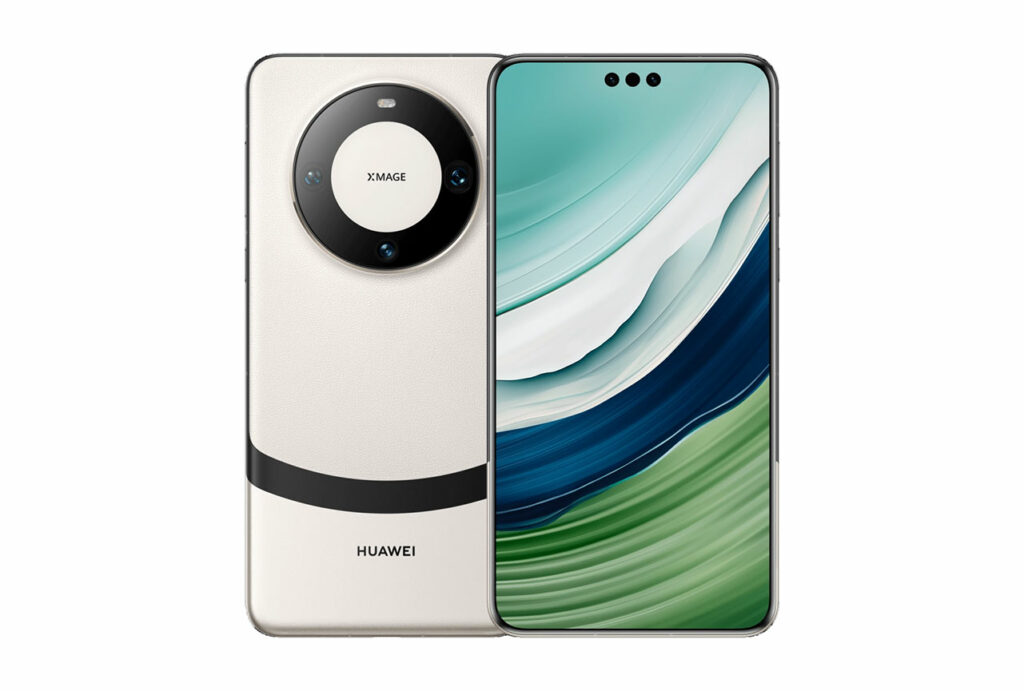

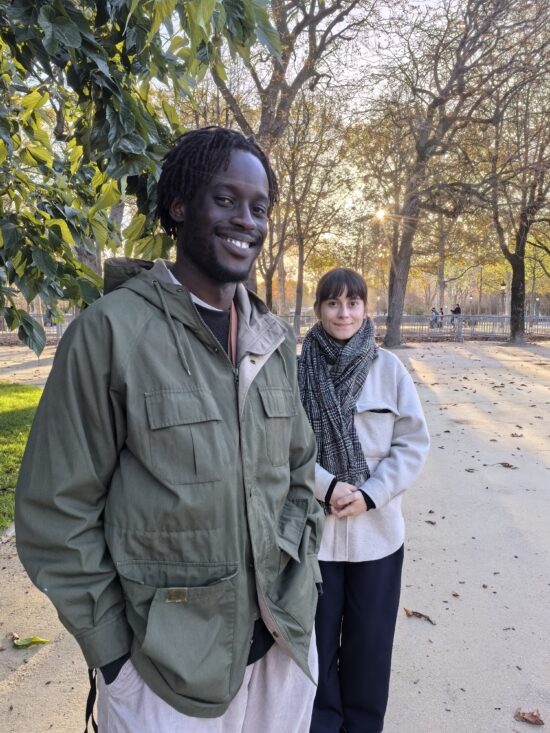
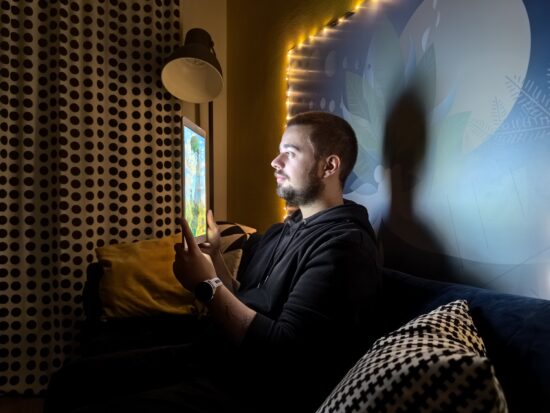

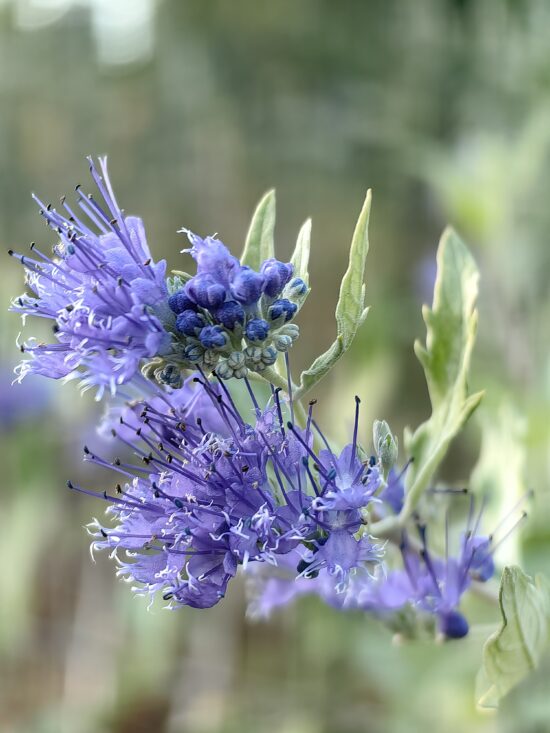
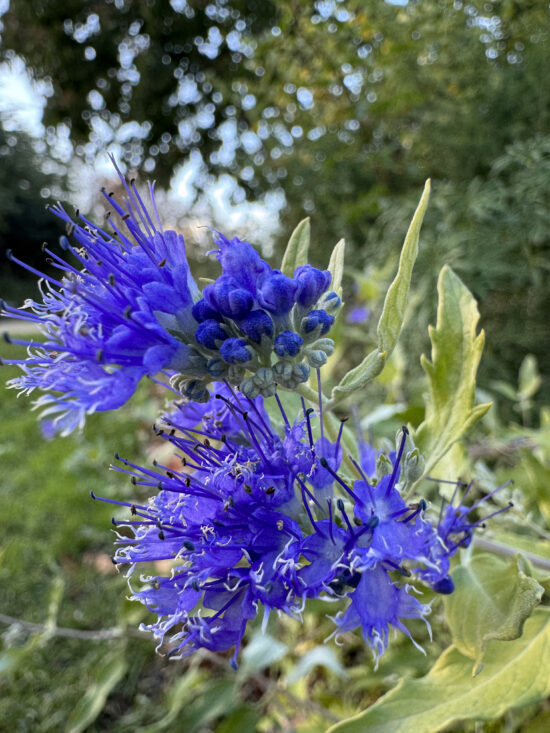
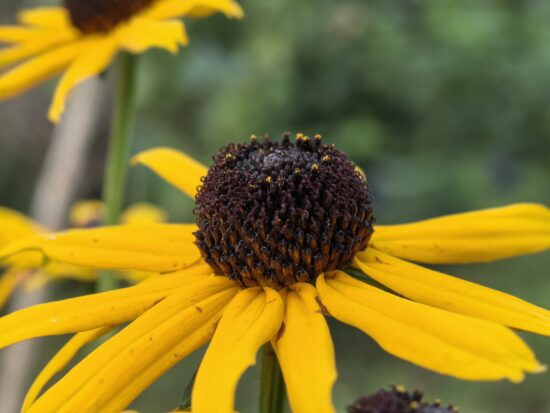
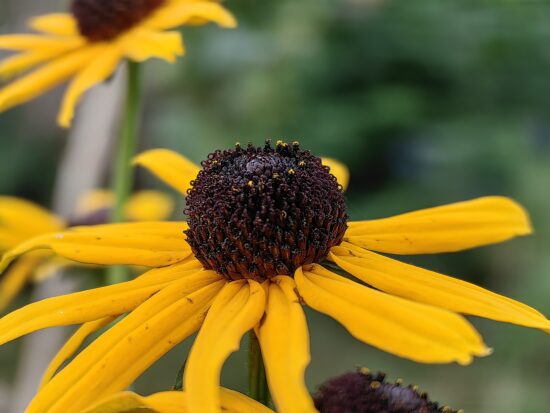
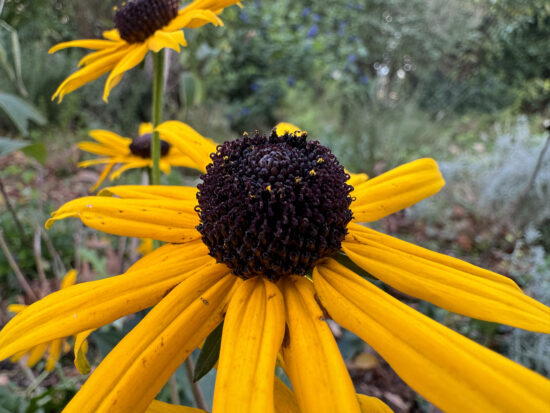






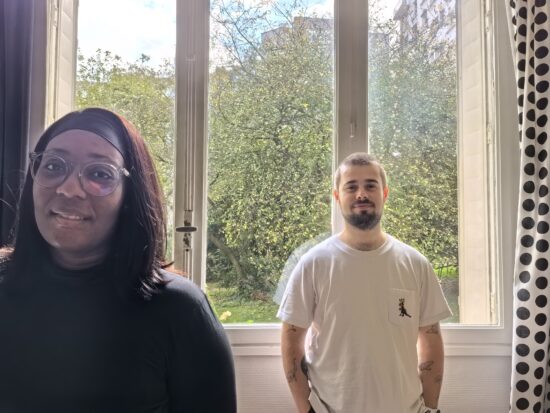
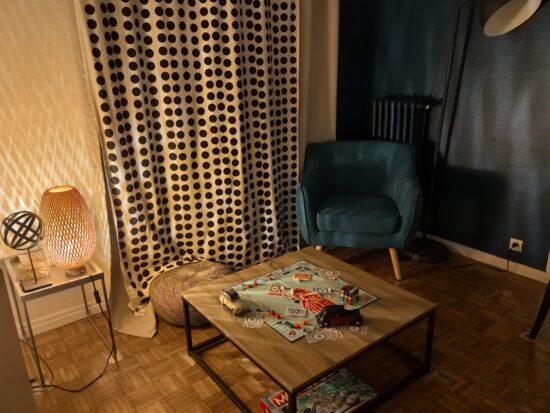
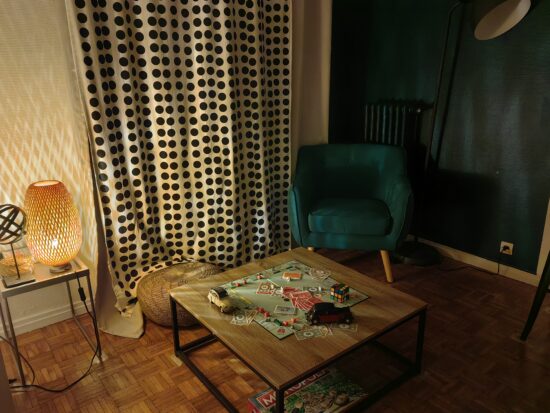
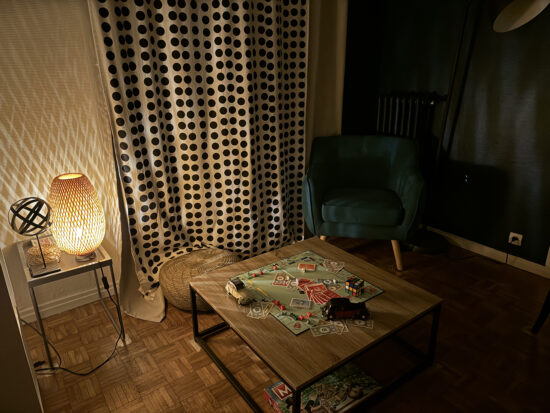
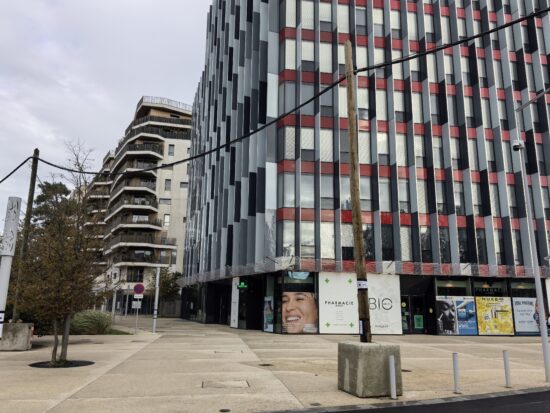
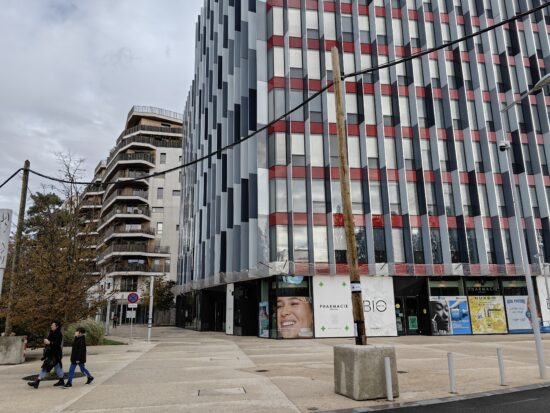
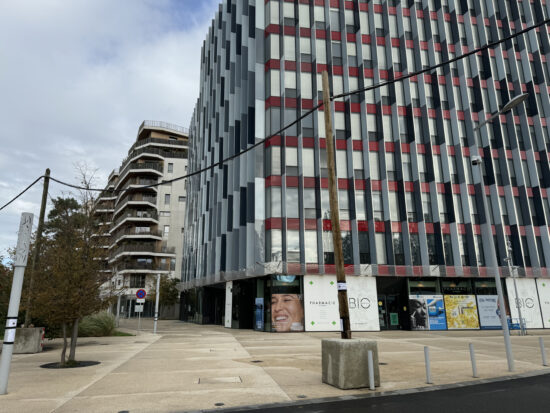
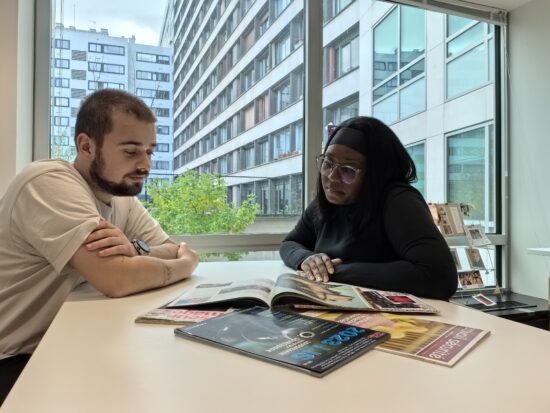
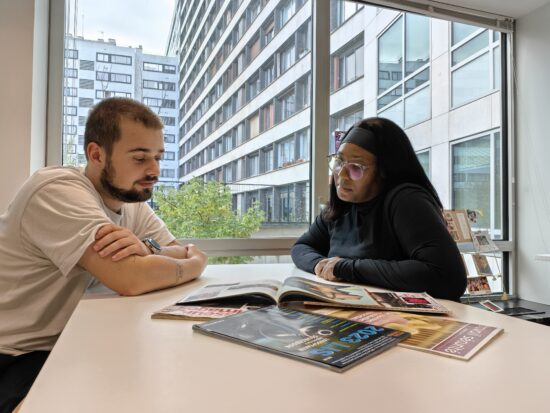
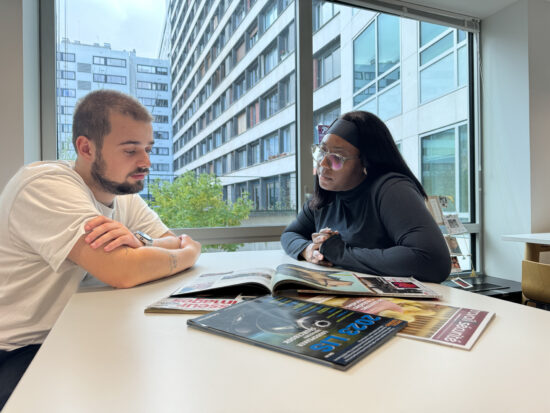
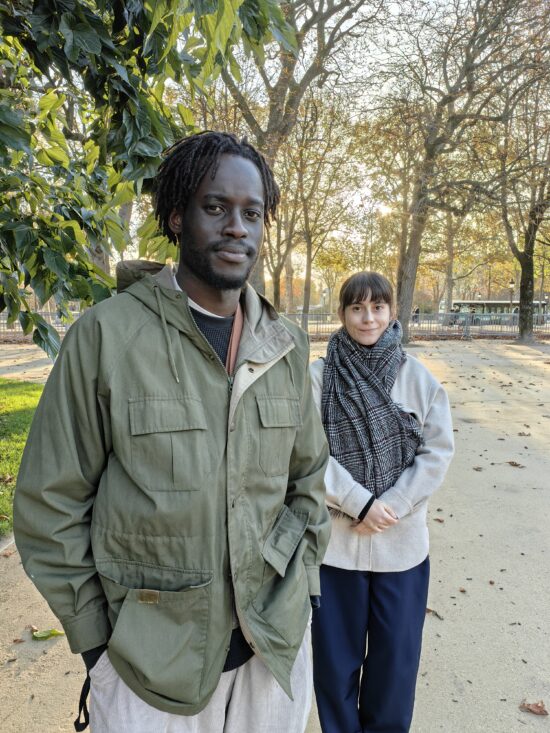
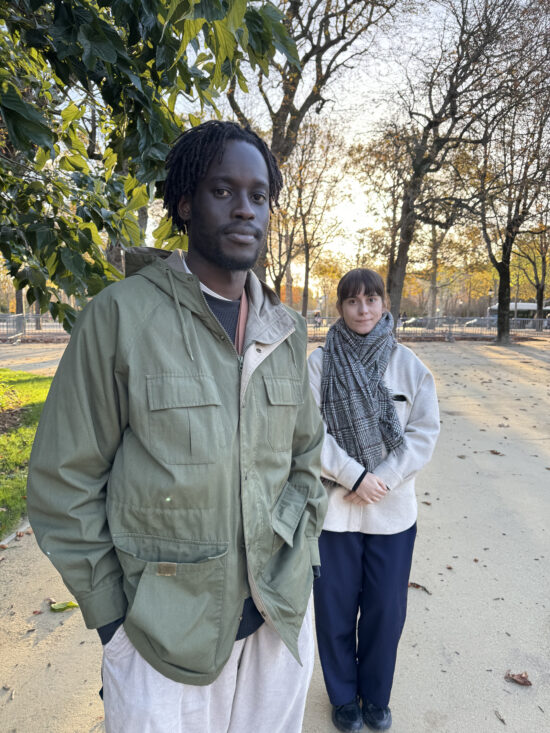
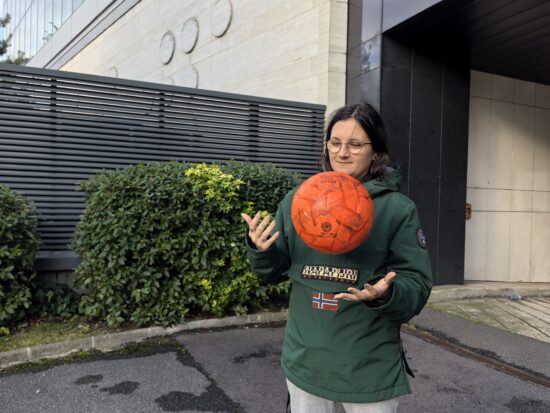




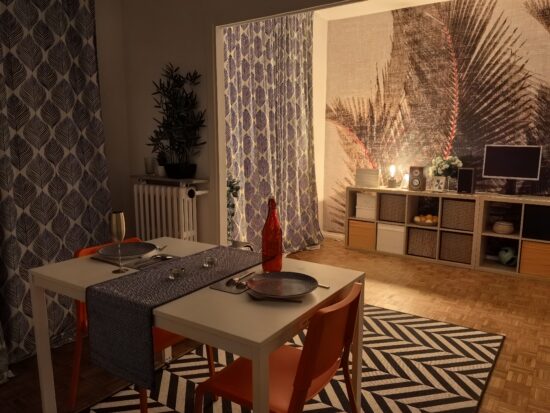
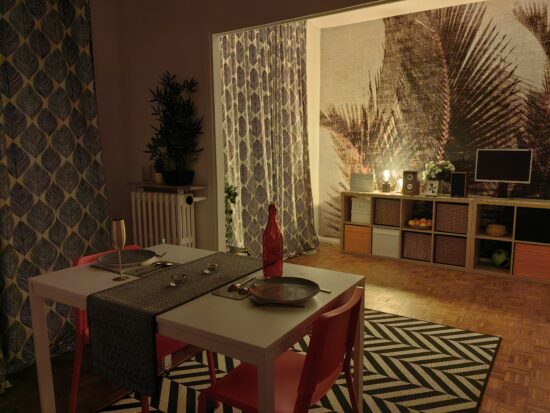
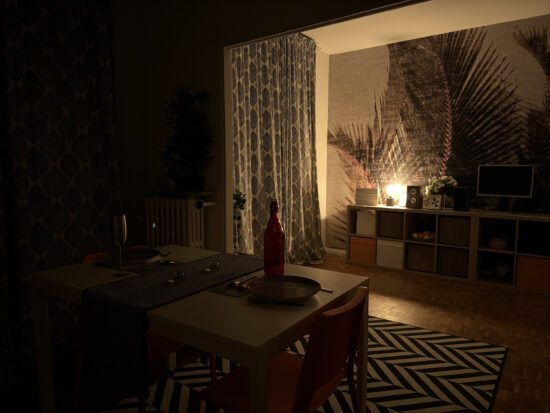


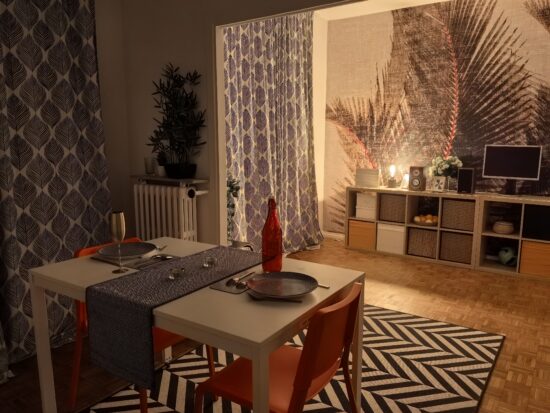






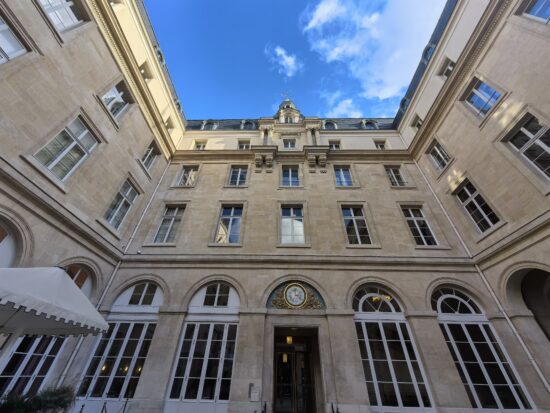
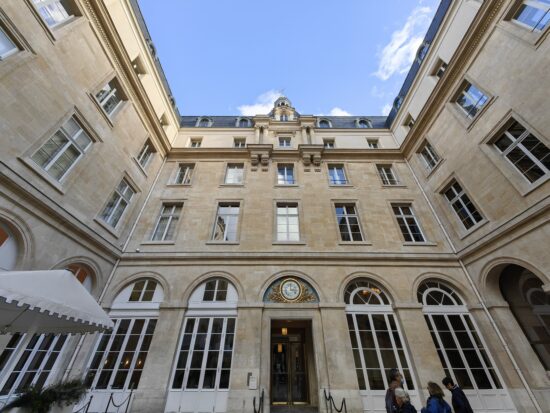
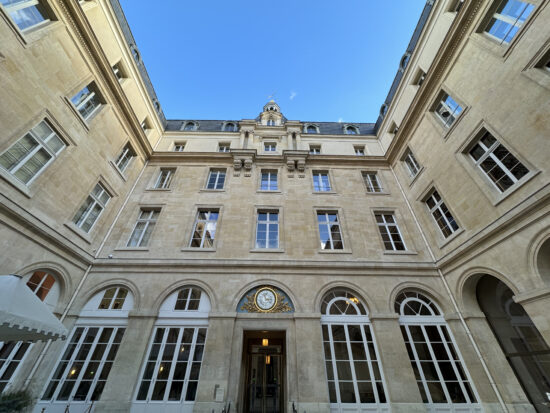



DXOMARK encourages its readers to share comments on the articles. To read or post comments, Disqus cookies are required. Change your Cookies Preferences and read more about our Comment Policy.